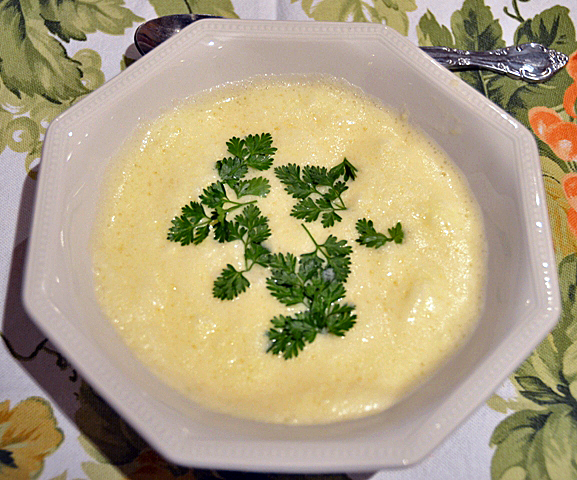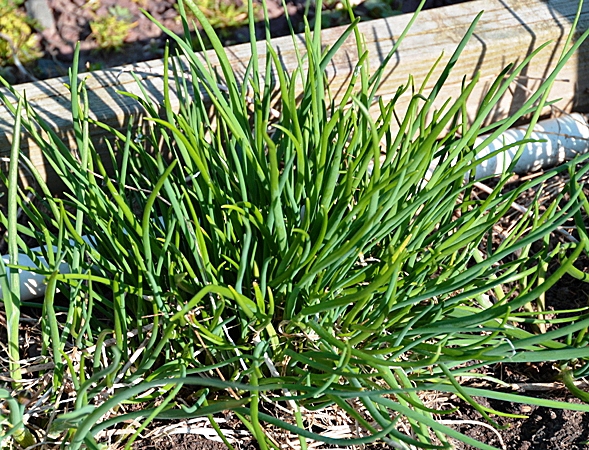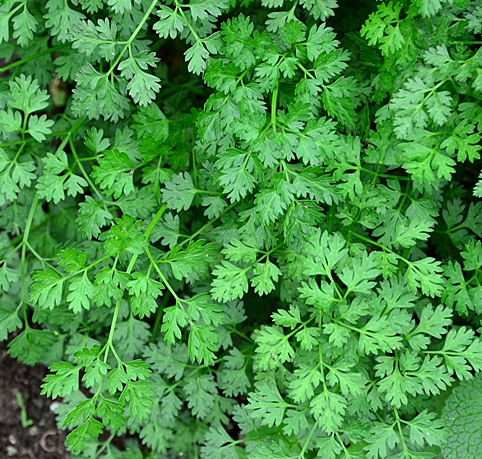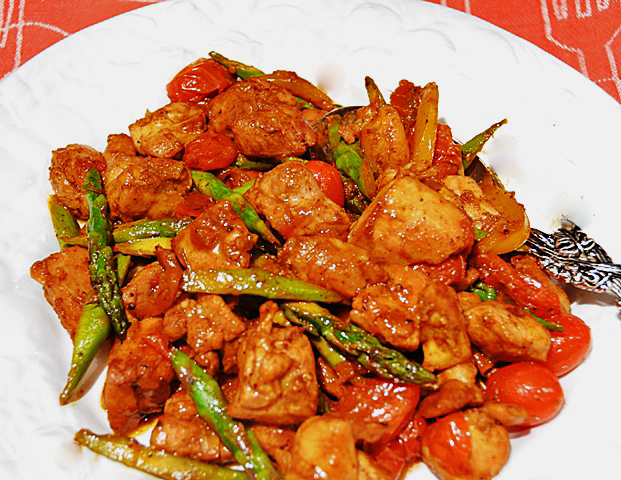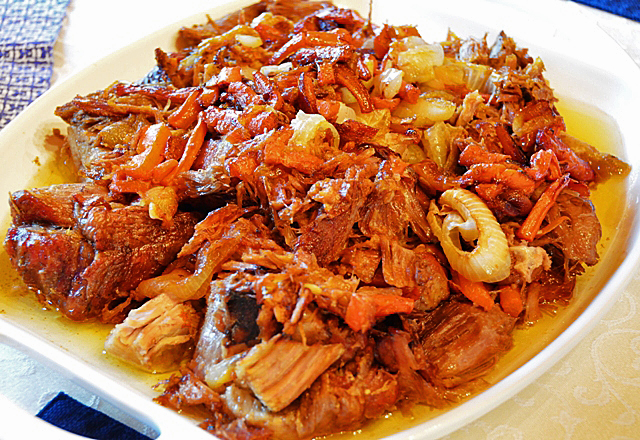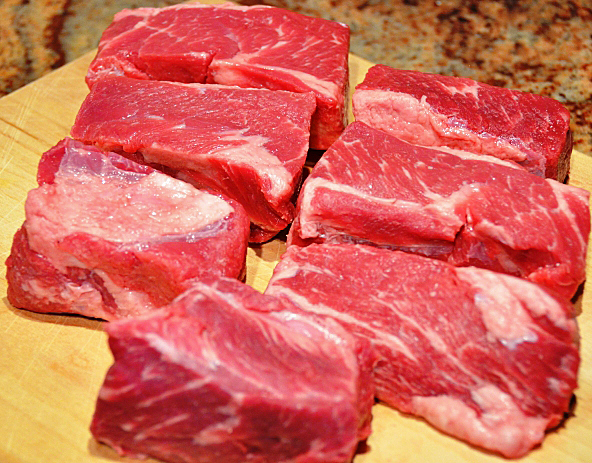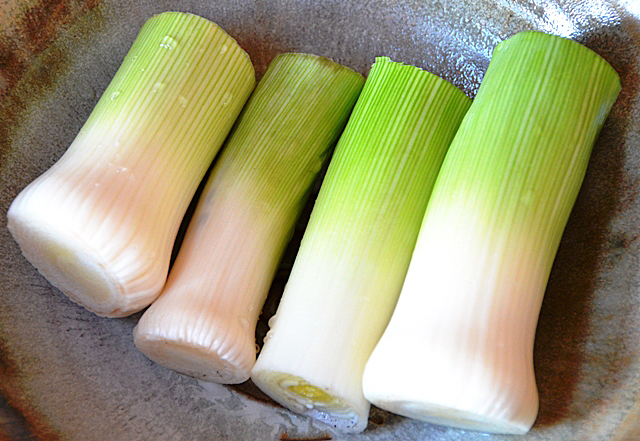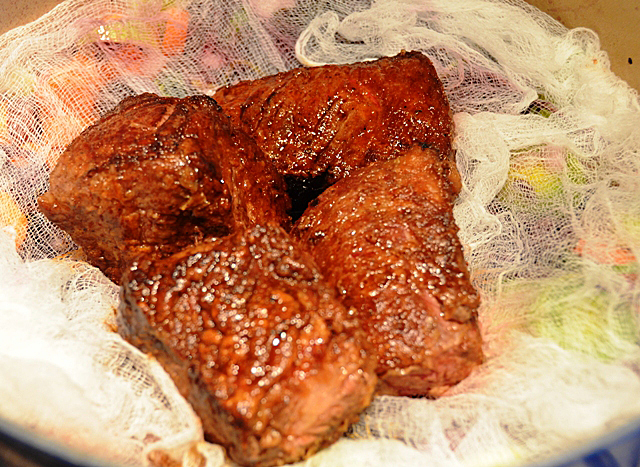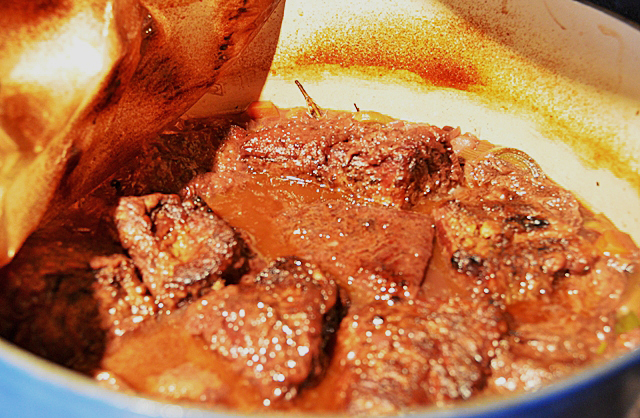Attempting to move my menus and cooking to a more seasonal focus can be difficult this time of year. The farmers markets aren’t open yet and our garden’s offerings are quite modest now. I’ve been looking for ways to use the chervil that has seeded itself throughout the garden. Chervil is a very delicate herb with a licorice flavor. Heat essentially renders it flavorless, so it is best in vinaigrettes, or a last minute addition to a sauce or sprinkled over a fish or chicken dish. After spending some time researching my possibilities I came across a recipe that intrigued me, Chervil Avgolemono in chef Jerry Traunfeld’s book, The Herbal Kitchen. Mr. Traunfeld was the chef at The Herb Farm, a restaurant and kitchen gardens near Seattle Washington.
His first book, The Herbfarm Cookbook is one of my favorites. I own hundreds of cookbooks, few are as well worn and falling apart from use as this one. Not only are there recipes, but a guide to growing, cooking, harvesting and storing fresh herbs. It’s my go-to book especially in the summer when the herbs are plentiful in the garden. His recipes for pesto, ice creams, and breads are just some of the recipes I’ve gone back to countless times. I really hadn’t used many recipes in the second book, but was confident that it would be a good starting place.
Avgolemono has been on my cooking “radar” for many years. I passed by the recipe many times while using The Silver Palate cookbook. So I decided this required a little more research. Avgolemono, which means egg and lemon is classic Greek comfort food. The most basic version is just good chicken stock, eggs, a good amount of lemon juice and either rice or orzo. The rice or orzo is cooked in the chicken stock, a healthy addition of lemon juice gives it a tang and the beaten eggs give it a creamy consistency. It can also be used as a sauce without the addition of rice or pasta. Because of it’s simplicity, the recipe demands the freshest ingredients. I had homemade stock , fresh eggs from the Pennsylvania Dutch market, freshly squeezed lemon juice, and of course, chervil picked fresh from the garden. I decided on orzo for my soup, but rice would work equally as well. The result was a very soothing soup with a lemony flavor softened by the creaminess of the beaten eggs. The anisey flavor of the chervil sets off delicate flavor of the soup quite nicely.
Chervil Avgolemono
adapted from The Herbal Kitchen and several versions from Epicurious
serves four
- 4 cups homemade chicken stock
- 1 cup orzo or rice
- 4 large eggs, separated
- Juice of 2-3 lemons-depending on your taste
- Kosher salt and pepper
- 1/4 cup chopped chervil plus some whole leaves for garnish
- Bring chicken stock to a boil. Add rice or pasta and simmer until tender, about 20 minutes
- During the simmering process whisk the egg whites in a medium bowl to medium peaks. I did this with a hand mixer. Add the egg yolks and lemon juice to the egg whites.
- When the rice or orzo is finished cooking, transfer 2 cups of the hot stock in a slow steady stream to the egg and lemon mixture. Slow and steady will prevent the eggs from curdling.
- Take the soup off the heat and and whisk the beaten mixture back into the pot. Stir in the chervil. Taste and season with salt and pepper. Garnish with additional chervil and serve immediately.
